Learn how to make almond butter at home for a more economical and customizable option than store-bought! All you need is 1 ingredient and about 10 minutes. Spread it on toast, drizzle it on oatmeal, add it to baking, and more!
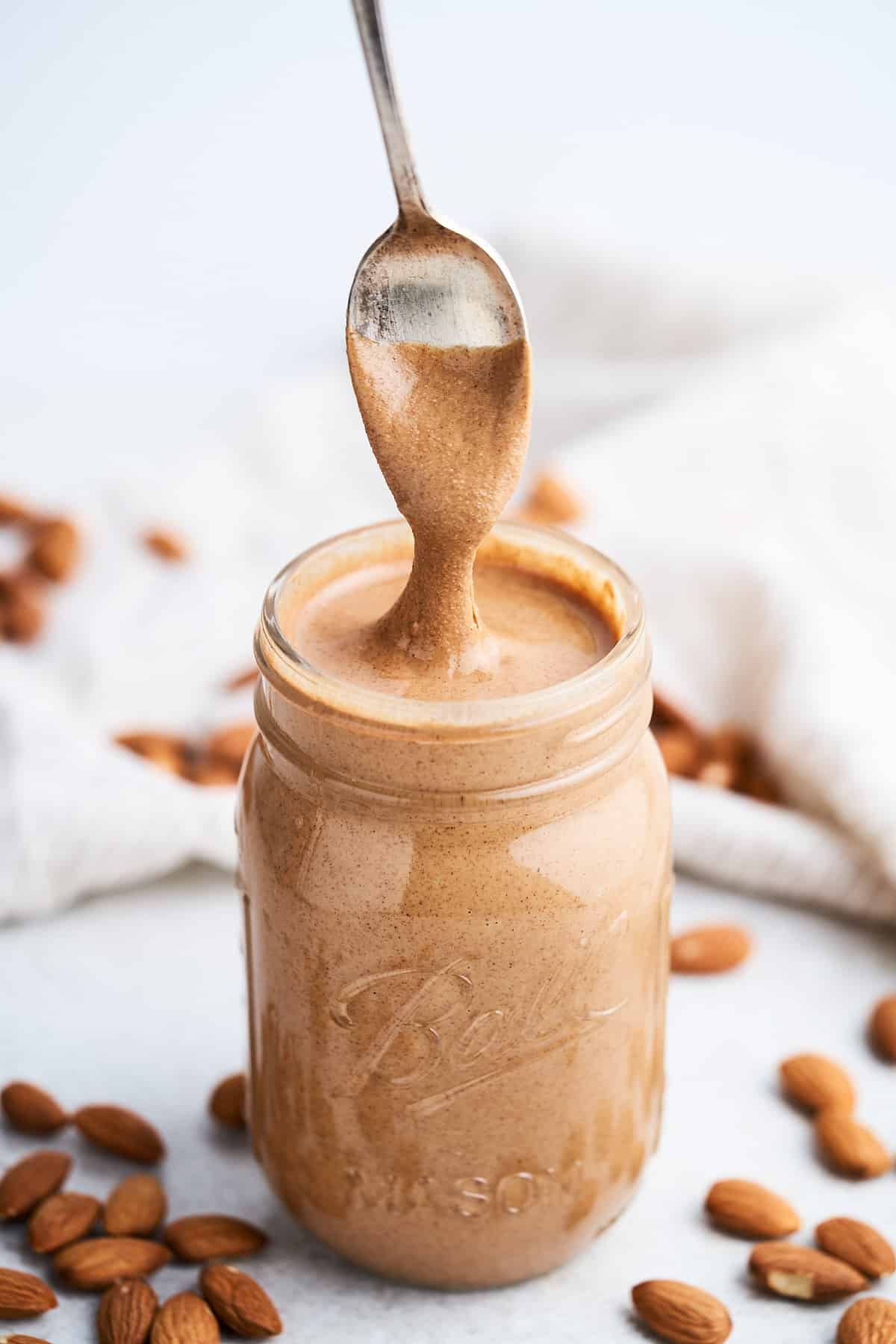
This delicious, creamy spread is such a great alternative to peanut butter, especially if you have peanut allergies in your house (🙋🏼♀️).
If you’re unfamiliar with how to make almond butter from scratch, you need to give this recipe a whirl. The result is rich, luscious, and silky smooth, brimming with the wholesome, toasty flavor of almonds.
You have to be patient with the process, but I promise it’s worth it! I say skip expensive store-bought options when you can make your own! Whether used as a healthy toast topper, dolloped onto protein-packed oatmeal, or savored straight from the spoon, you’re about to fall in love with this homemade almond butter!
How to make almond butter
Before you begin, ensure you have a bag of raw, unsalted almonds (or activated almonds) on hand and that your food processor or blender is in peak working condition. There is no need to soak the almonds beforehand.
Step 1: Roast the almonds
Preheat your oven to 350°F and spread the almonds out on a baking sheet in a single layer. Roast them for about 10 minutes, or until they’re golden and fragrant. Make sure to stir or shake them around halfway through to ensure even roasting. Let them cool a bit before proceeding to the next step.
Why roast?
After trial and error, we’ve found that roasting the almonds before blending them into butter helps to loosen up the natural oils in the almonds, allowing them to blend into the creamiest almond butter possible.
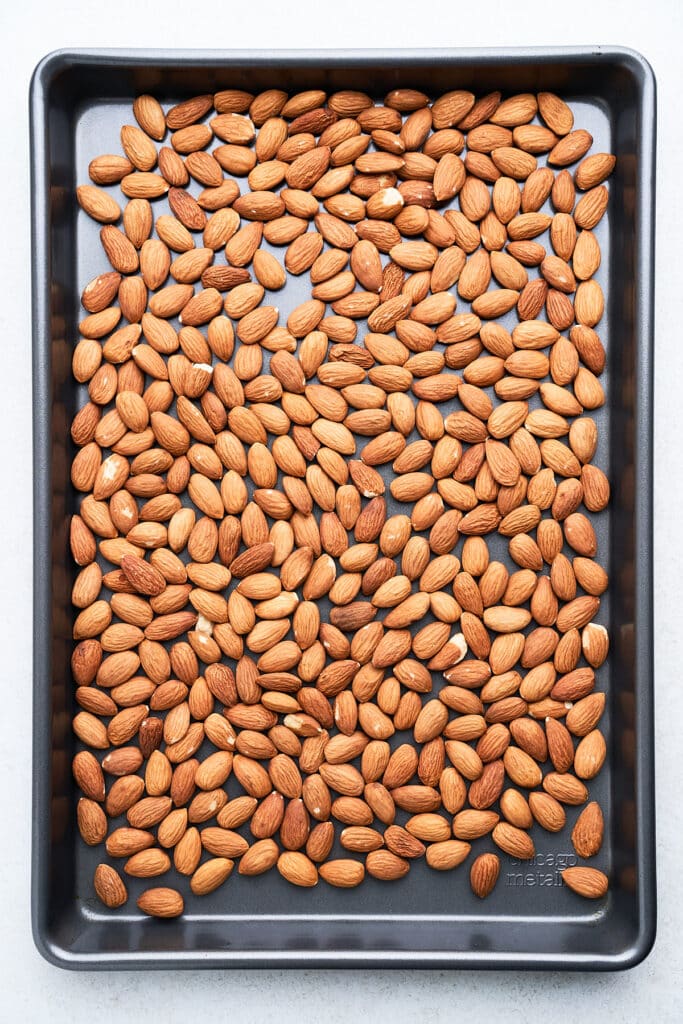
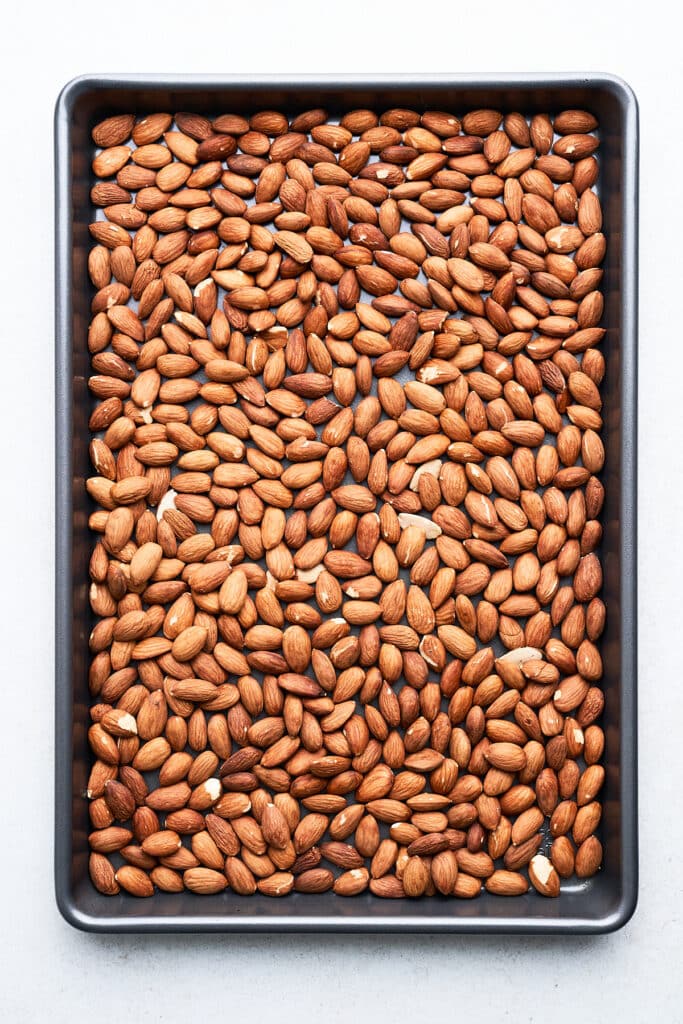
Step 2: Start processing the almonds
Add the nuts to a high-speed blender or food processor. Blend them for about 10 minutes until you have a smooth paste. You may need to pause occasionally to scrape down the sides to ensure all the almonds are evenly processed and to give your blender a break. You can add a sprinkle of sea salt or cinnamon for flavor here if you’d like.
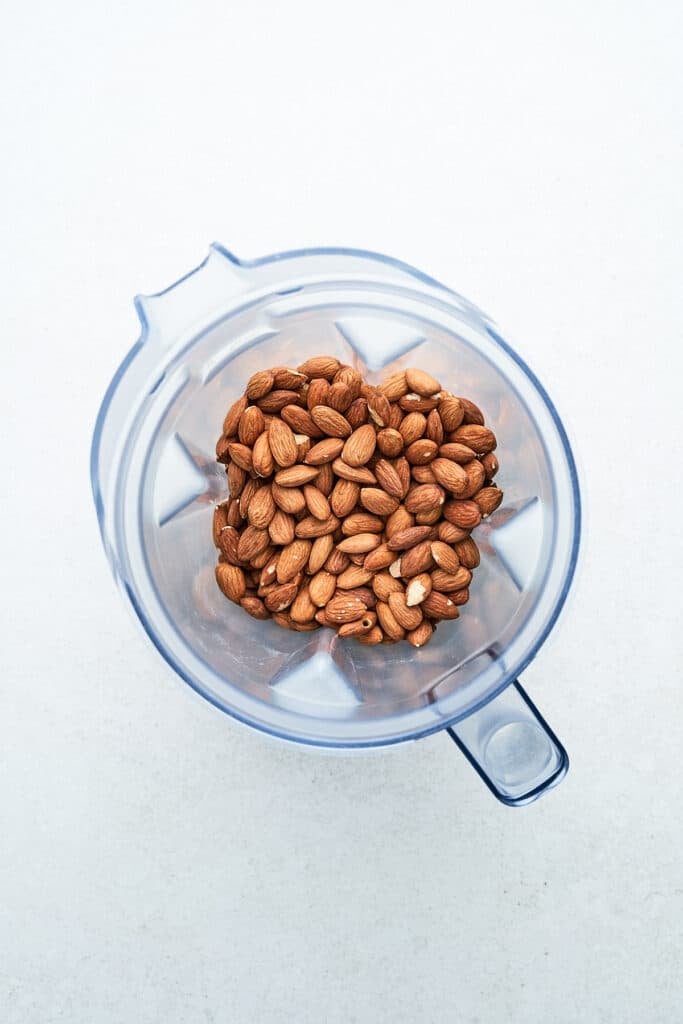
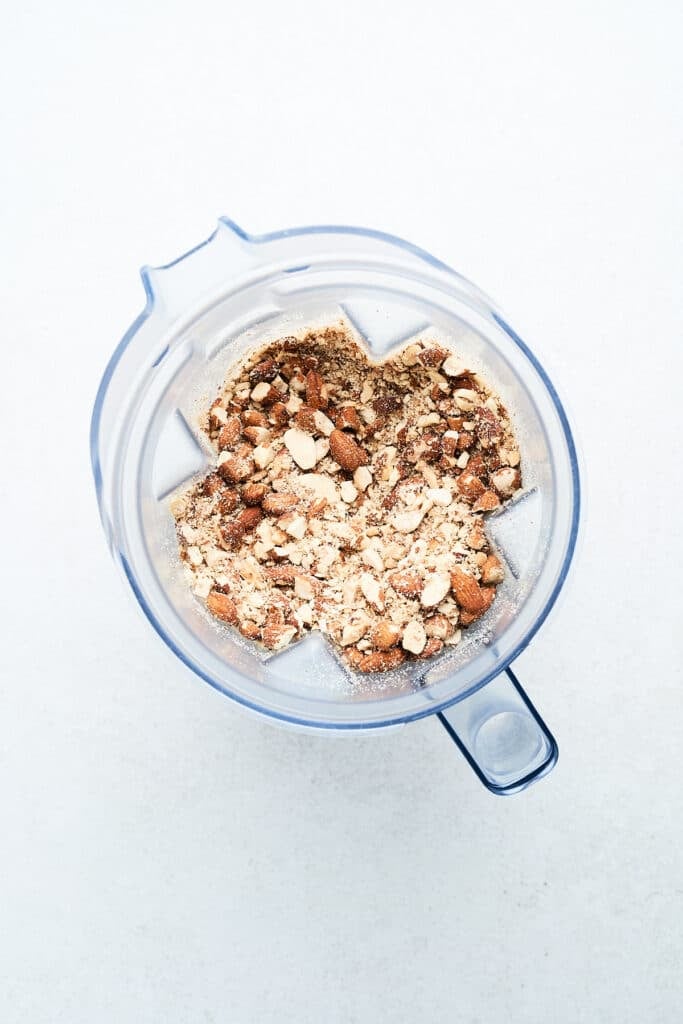
From here on out, it’s a breeze (or, should I say almond breeze?)! Continue blending until the almonds fully release their oils and turn into rich, creamy butter.
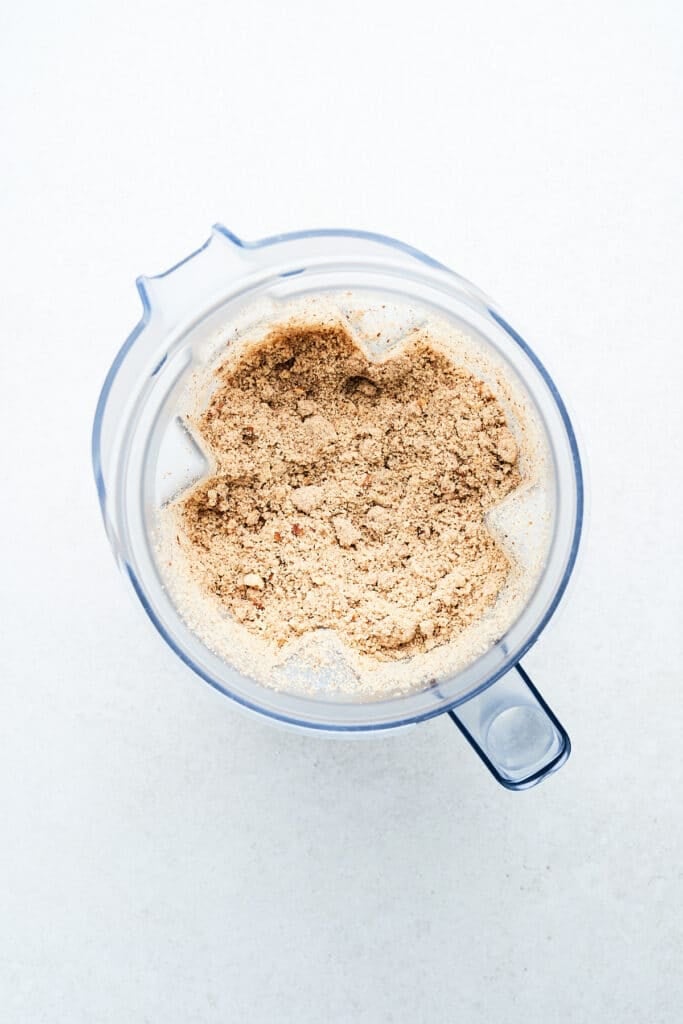
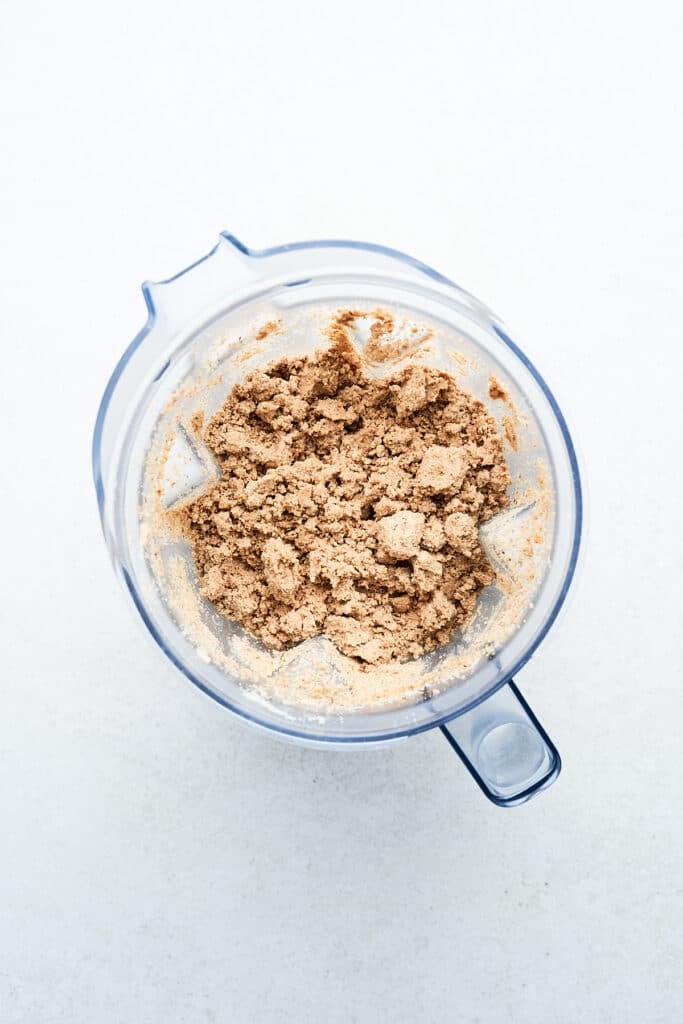
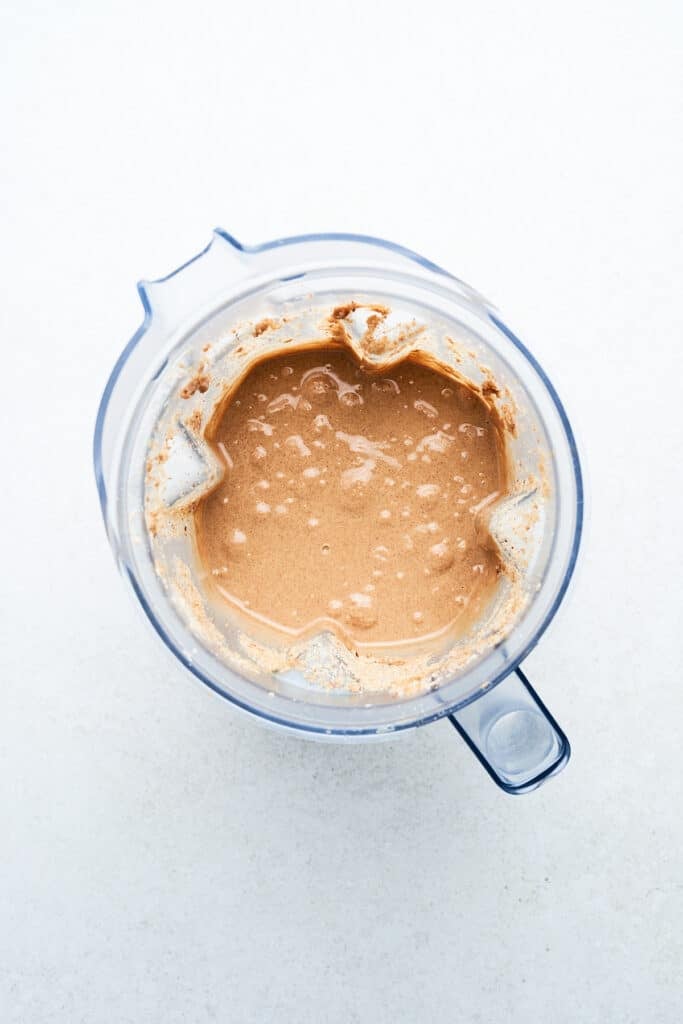
Step 3: Add the finishing touches
If necessary, add a little oil at a time until the consistency is to your liking. Remember, the secret to perfect almond butter is patience!
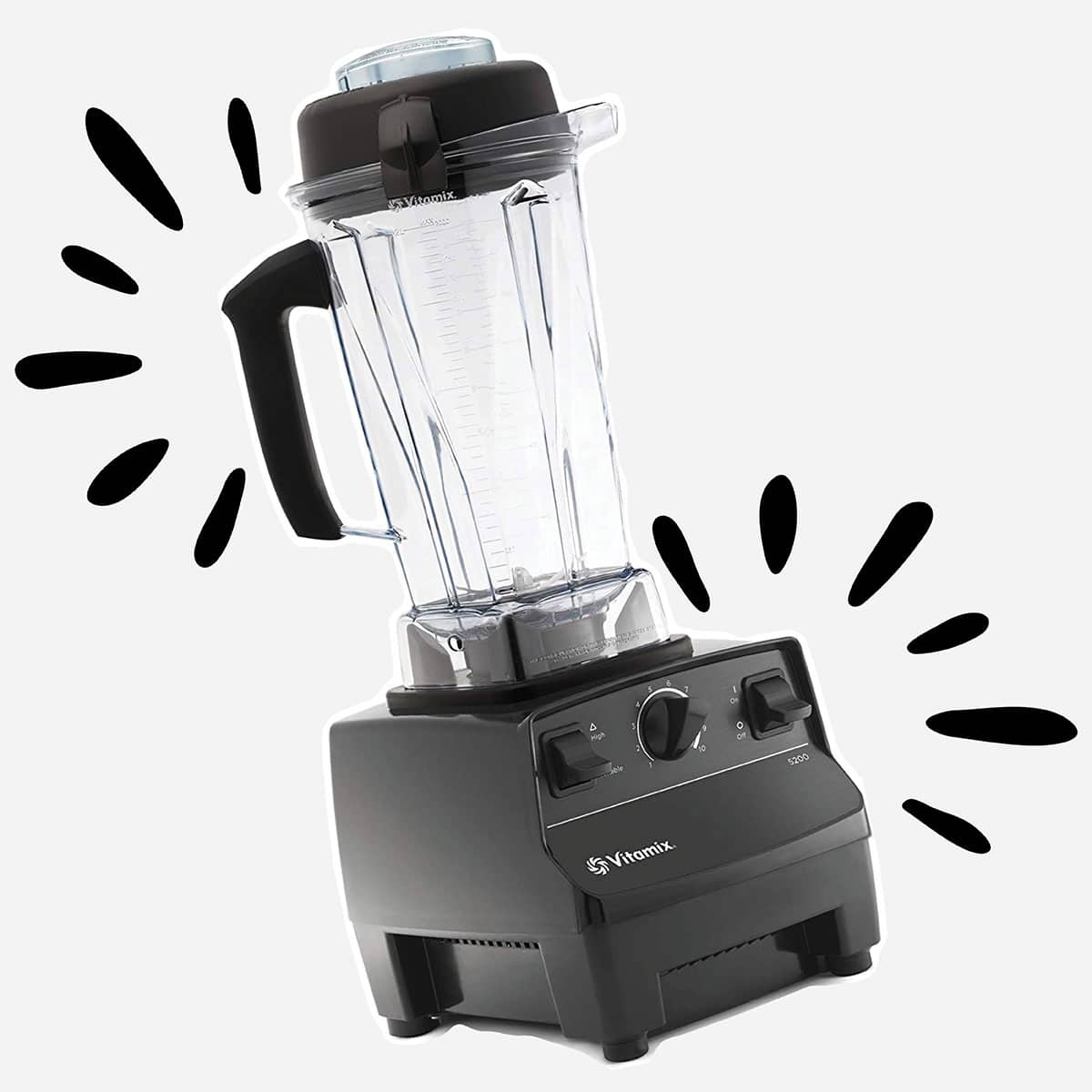
VITAMIX BLENDER
This is the blender I use and adore!
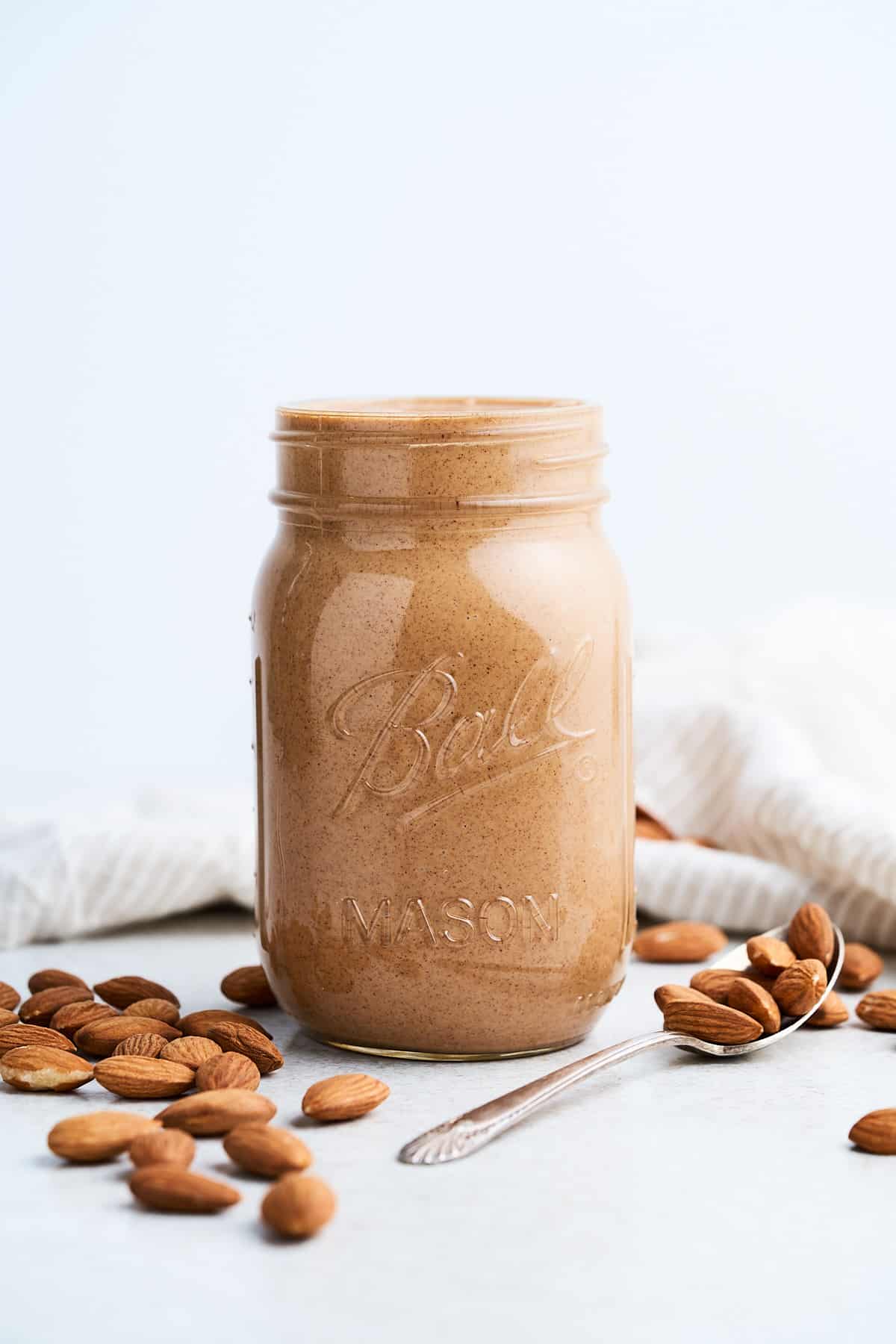
Top tips for making almond butter
- Food processor: I always use a high-speed food processor or blender for making nut butter. It helps achieve the smoothest consistency in just a few minutes. Any high-quality appliance like a Vitamix, Cuisinart, or Ninja will get the job done!
- Batch size: I’ve found that not overloading the food processor always yields a smoother texture. Since it only takes about 10 minutes or so, definitely take the time to process your almonds in batches.
- Rest: Almonds can be a bit tough on the blender, so it’s best to give your appliance a little rest between batches. This really helps prevent it from overheating.
How to store almond butter
The great news is that almond butter can be stored for a long time! Here’s how to keep it fresh:
- Room temperature: Transfer the almond butter to an airtight container and store it in a cool, dark place for up to a month. I recommend flipping the jar every so often to prevent the oil from separating too much.
- Fridge: Storing your almond butter in the fridge helps maintain its freshness and slows the oxidation process. This is especially useful if you live in a warm or humid climate. In the fridge, it should last for up to 3 months.
Almond butter recipes
If you’re wondering how to use almond butter, here are just a few of my favorite recipes:
You can also mix it in your morning oatmeal, spread it on toast or sandwiches, add it to your favorite cookie recipes, and make almond butter energy balls. Or even just enjoy it straight from the jar like I do!
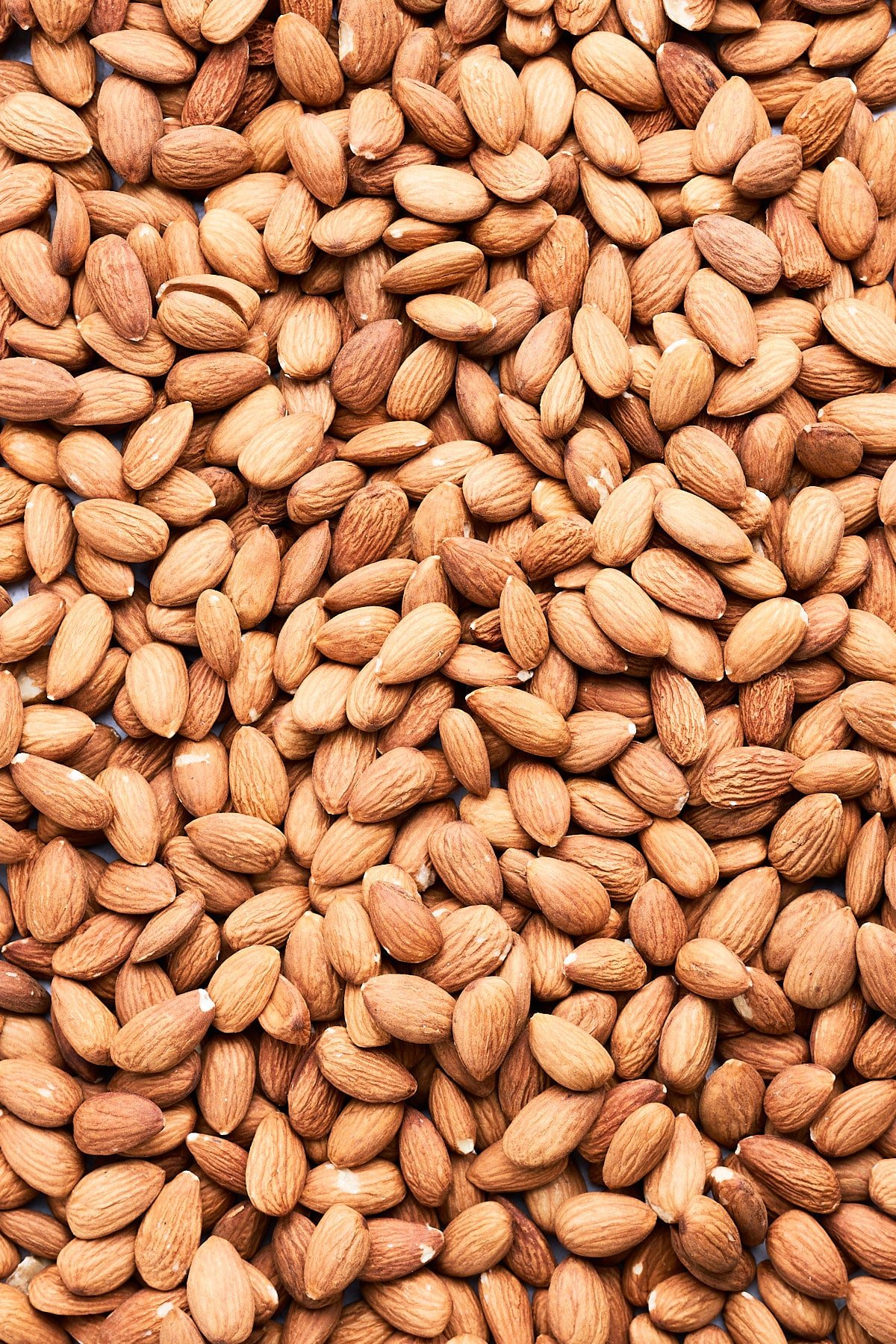
Almond butter FAQs
Yes, you can! Roasting them yourself helps draw out their natural oils and makes processing easier. However, you can also use pre-roasted almonds.
Yes, almond butter is keto-friendly since it’s low in carbs and high in healthy fats. It can be a delicious addition to a low-carb or ketogenic diet. More on the health benefits of almonds here!
If your almond butter isn’t creamy, it might be because you didn’t blend it long enough. It can take up to 10 minutes or more for the almonds to release their natural oils and become smooth and creamy. So, keep blending, and remember, patience is key!
This nut butter works well with almost any type of nut! Cashews, pecans, and hazelnuts all work well.
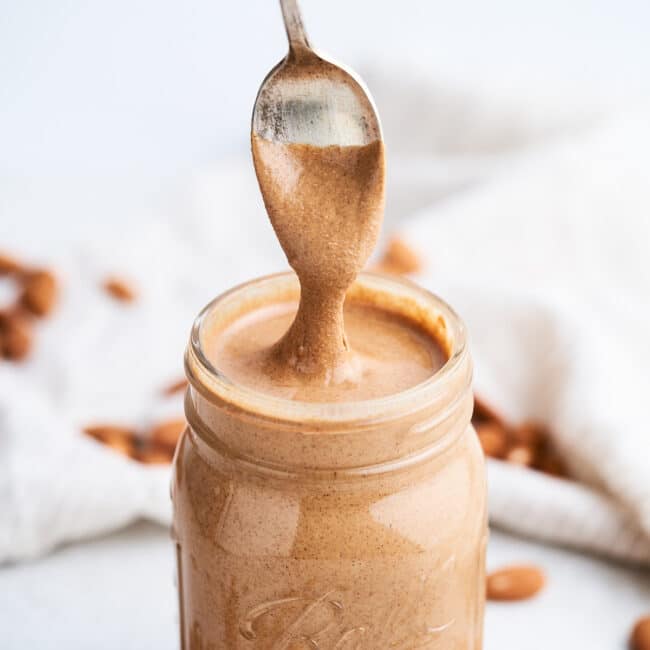
Ingredients
- 3 cups almonds
- ¼ teaspoon salt optional
Instructions
- Roast: Preheat your oven to 350°F (176°C) and spread the almonds out on a baking sheet in a single layer. Roast them for about 10 minutes, or until they're golden and fragrant. Make sure to stir or shake them around halfway. Let them cool a bit before blending.
- Blend: Add the nuts to a high-speed blender or food processor. Blend them for about 10 minutes until you have a smooth paste. You may need to pause occasionally to scrape down the sides to ensure all the almonds are evenly processed and to give your blender a break. Continue blending until the almonds fully release their oils and turn into rich, creamy butter.
- Flavor: You can add an optional pinch of sea salt or a few tablespoons of oil until it reaches your preferred consistency. At this point, you could also add any flavoring you'd like to your homemade almond butter (see flavor ideas below!)
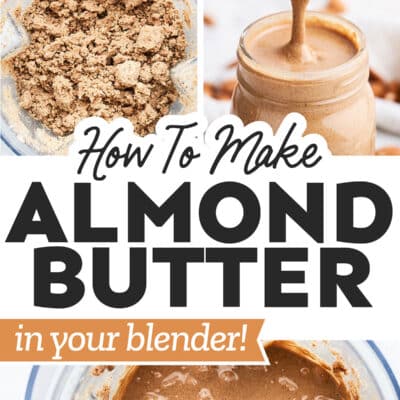
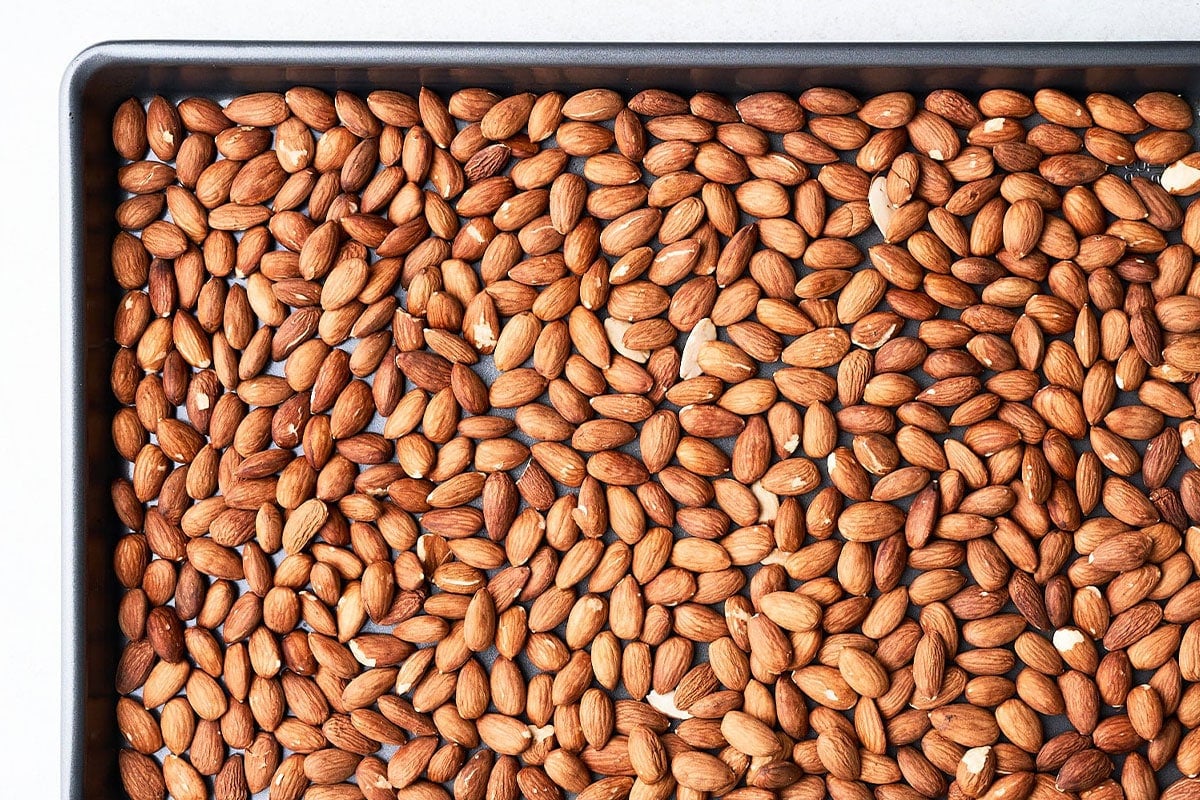
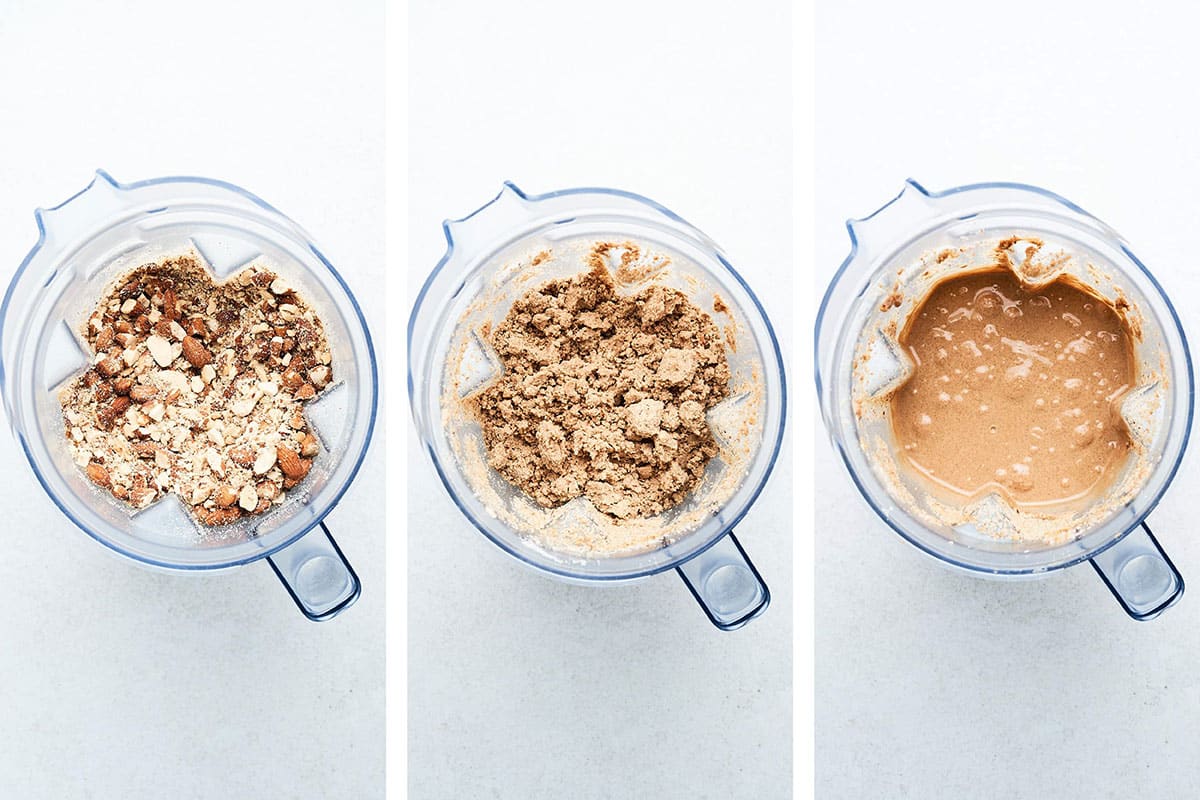
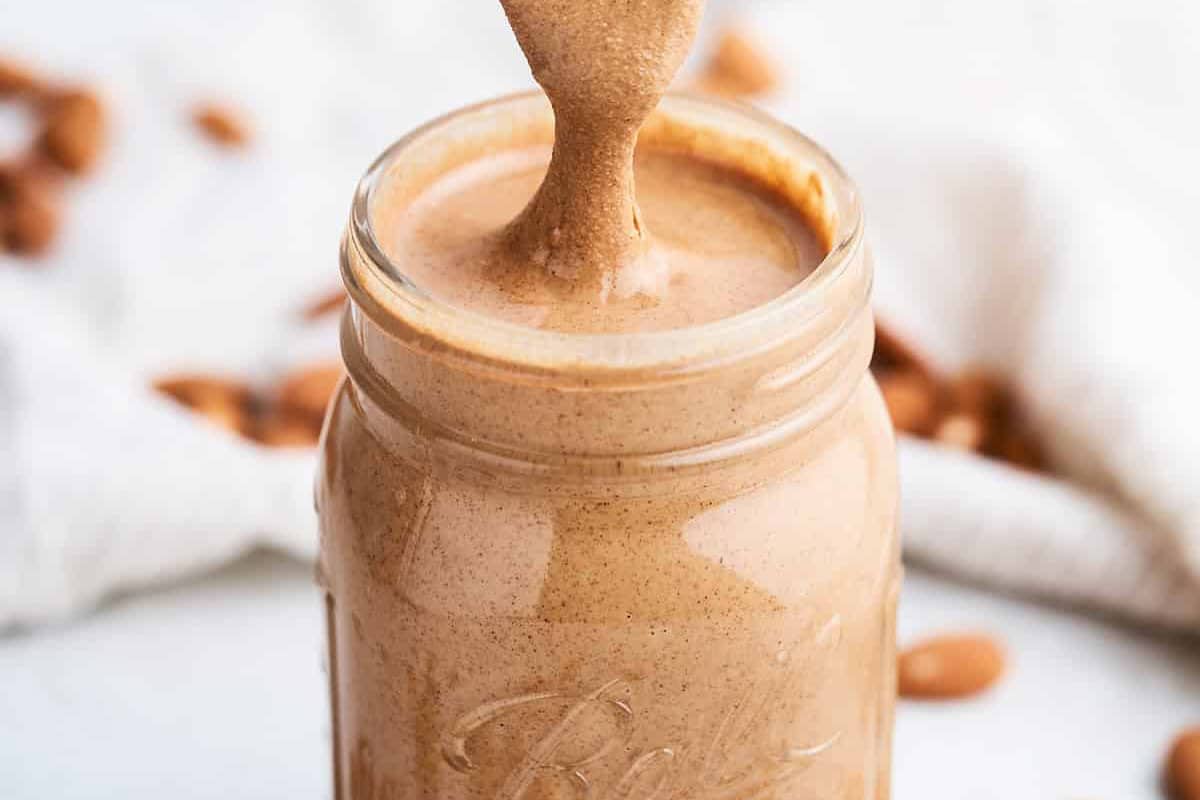
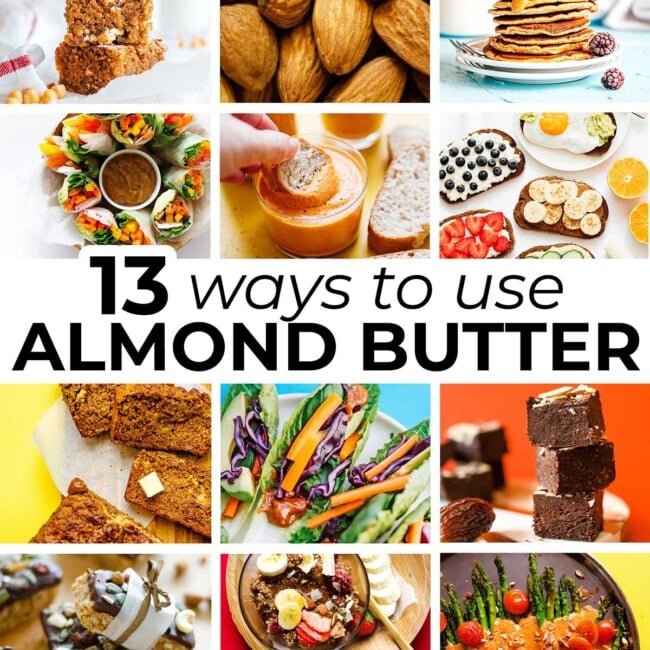
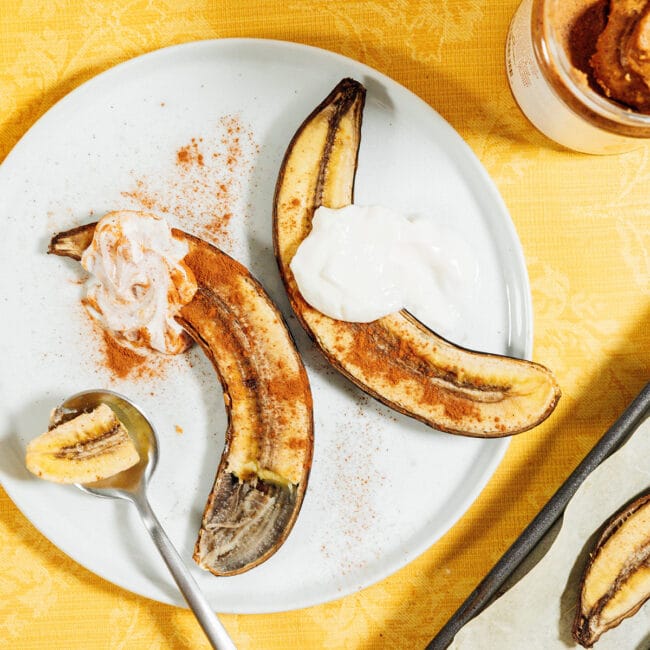


Leave a Comment